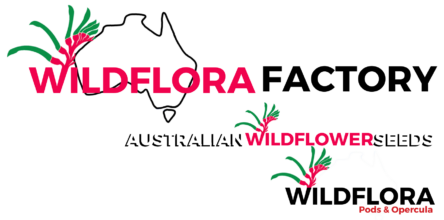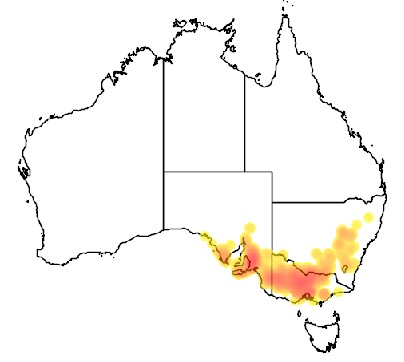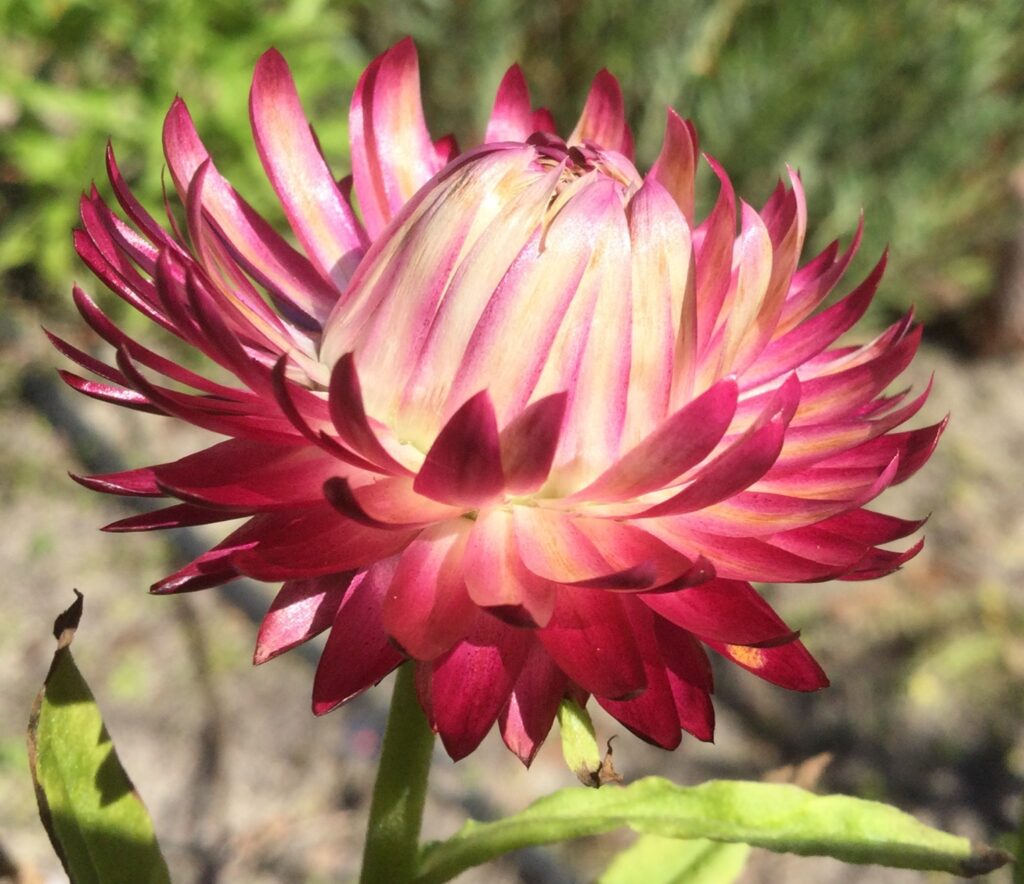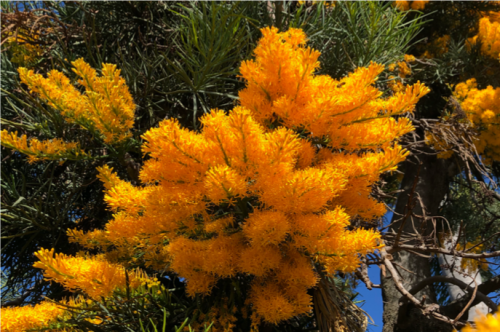Scientific Name: Acacia acinacea
Common Name: Gold-dust Wattle
Alternative Common Name: Wreath Wattle, Round-leafed Wattle
Family: Fabaceae
Height: Up to about 2m (7′)
Width: Up to about 2m (7′)
Description:
A small spreading shrub native to several States of Australia. Adapts to many different regions. Masses of red buds opening into bright golden flowers late winter to late spring. Up to 2m x 2m. Moderately frost hardy. May be pruned and shaped after flowering. Attracts birds and insects.
Cultivation and Maintenance:
In mild to warm areas sow any time – but best sown in autumn.
In climates with hard frosts sow at any time in a glasshouse or outdoors after the risk of frost has passed.
Pre-treatment:
Acacia seeds have a tough coat which must be treated before sowing to allow water to penetrate and start the germination process. Put the seeds into a cup of boiling water, soak them overnight, then sow the swollen seeds. Un-swollen seeds may be scratched lightly between 2 sheets of fine sandpaper or by using a small knife or file on the outer shell (avoiding the “eye” of the seed) and soaked again in hot water.
Boiling water simulates the heat of bushfires which prompt wattle germination in the bush.
Sow seeds into a quick draining soil or potting mix, such as a 50/50 mix of coarse sand and peat moss. Press the seeds just into the surface of the soil. Water the pot, cover with plastic wrap to create a miniature glasshouse. After the seeds have sprouted remove the plastic and resume watering the seedlings regularly but lightly. Place the pots in a semi-shaded site and kept above ground level or placed in a propagation unit. Soil should be kept just slightly damp but not wet.
Germination can occur between a few days and a few weeks.
Remember to label all pots with plant names and date of planting.
Protect the young plants from snails and slugs.
Acacias quickly develop long tap-roots and should be transplanted into a well-drained, sunny position in the garden very early – say at about 7 – 10 cms tall – to avoid crowding the roots. Avoid transplanting in humid weather to prevent fungal attack.
If fertilizers must be used, use light applications of a slow-release low-phosphate fertilizer before flowering. Acacias are highly sensitive to high levels of phosphorous in the soil. Acacias also contribute to the nitrogen content of the soil.
In Garden Beds, Rockeries or Large Pots
Will grow well in almost any soil type. Plant 30cm (1′) apart, water in well, then occasionally in dry weather.
In Glasshouses or Humid Conditions
Ventilate and reduce watering.
In Dry Conditions:
Acacias are generally very hardy and tolerate dry spells quite well but will do best if watered occasionally.
In Cold and Frost-prone Areas:
Sow in a glasshouse or after risk of frost has passed. Seedlings can be frost-tender. Established plants can be mildly frost-tolerant to about -7C overnight, provided good sunlight follows.
After Flowering is Finished
Prune lightly immediately after flowering to preferred shape and size and extend the life of the plant. A perennial – the plants will continue growing to repeat the display next Spring. Apply light natural or artificial slow-release, low-phosphate fertilizer again in late Winter.
Seed Starter Required: Not essential but can boost germination.



